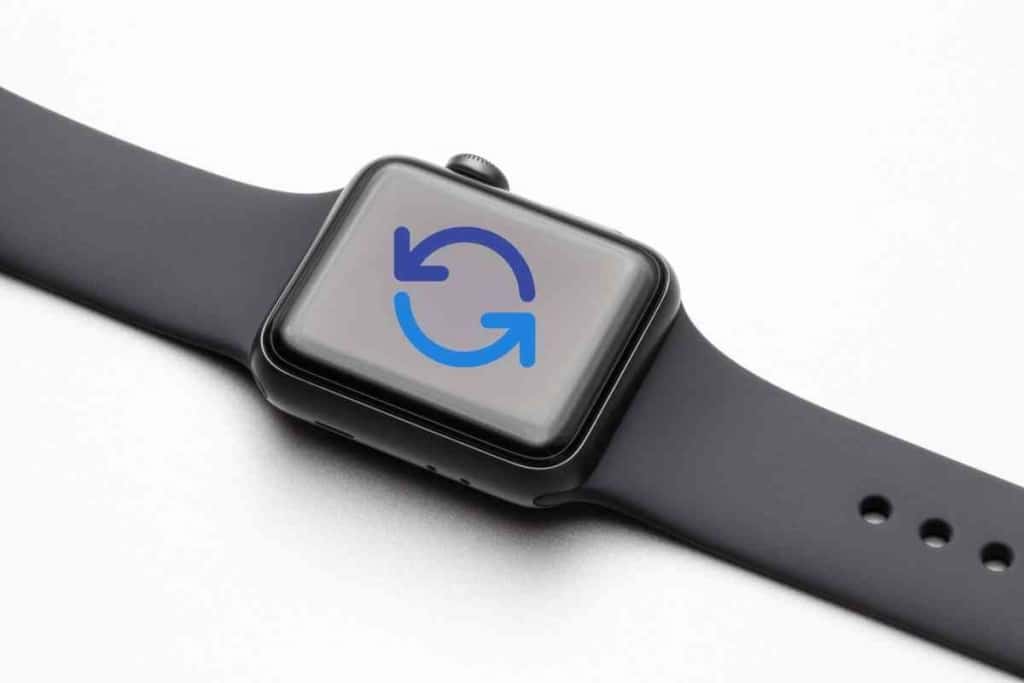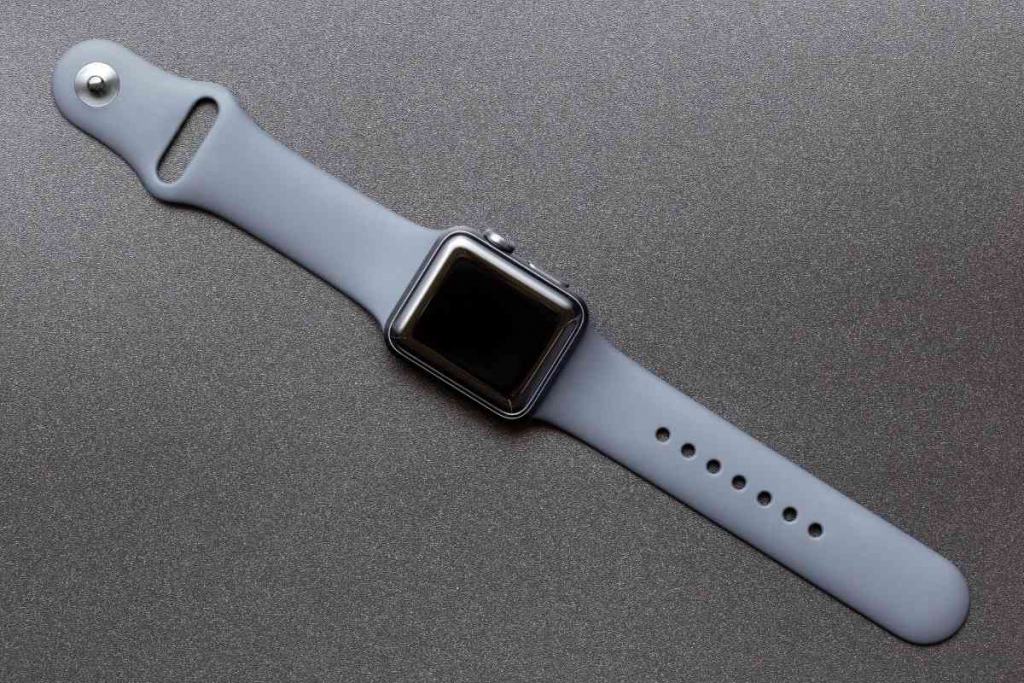4 Factors That Make Your Apple Watch Take Longer To Update
If you are wondering how long it takes for your Apple Watch to update, the answer will depend on a number of factors, some of which you have control over. Many of us rely on our Apple Watches for a multitude of things – from helping us track our workouts and calories to reminding us about important meetings and even when to take medication. So it makes sense that if your Apple Watch is in the middle of an update, you may be anxious to know how long it’s going to take and whether or not you can do anything to speed up the process.

Table of Contents
How long do Apple Watch Updates take?
An Apple Watch update should take anywhere from thirty minutes to one hour. Sometimes they may take longer than that based on several factors:
- The age of your watch
- The current condition of your watch
- Apple’s servers installation status
- Your passcode protection status
We’ve all been there before. You are ready to start a workout or look over your calendar, and suddenly your Apple Watch is in the middle of an update. You wait patiently, but after a period of time that feels longer than normal, you check the watch again, only to find that it’s still updating.
You may start to worry that something is wrong, but before you get too frustrated, know that there are reasons your update may be taking longer than normal and there are certain things you might be able to do in order to speed up the process.
I didn’t know what I was missing out on until I purchased my first Apple Watch. Now, I honestly don’t know what I would do without it. From tracking my calories to tracking my daily schedule, my Apple Watch keeps me organized and ready for whatever the day is about to bring.
I’ve learned how to troubleshoot certain issues with my watch, and knowing how to navigate around a long update process is one of the best tricks I can share with my fellow fans of the Apple Watch.
When the Apple Watch first came out in 2015, gadget gurus were thrilled, and for good reason. Apple once again hit it out of the ballpark with this device.
Apple Watches are used for everything from keeping your fitness goals on track to keeping your health needs monitored. Just like your iPhone, an Apple Watch can be used almost like a small computer, but the fact that it is attached to your wrist, and not something you have to carry in your hand, makes it a super convenient way of organizing your personal and professional life.
All of this convenience comes with a price, though. Apple Watches range in price from a hundred dollars for a used or refurbished watch to upwards of $500 for one that is brand new or full of customizable accessories. Depending on what your needs are, there is probably an Apple Watch out there for every budget.
But no matter what you need it for, or how much you paid for it, all of us know the frustration of waiting for an update to take place. Though most updates are done within an hour, sometimes they can take significantly longer, even up to a day or two.
Let’s explore why some updates may take longer than others, and what you can do (if anything) to speed up the process, without losing significant data or affecting your watch’s ability to operate effectively.

1. The Age of Your Watch
Apple has a strong reputation for producing products that are created to last and be of the highest quality.
That said, even the best things must come to an end at some point, and high-tech gadgets are definitely no exception to that rule.
Most Apple Watches have a life-expectancy of around three years. Much of this time frame is based on the watch’s battery.
If you use your Apple Watch daily, expect your watch to decline in performance close to the three-year mark. If you are not a frequent user of the Watch, or tend to not wear it every day, you may get another year of life out of the battery.
If your watch is getting close to the three-year mark in age, updates will take longer than expected to load and the wait time will often be substantially longer than the usual thirty minutes to an hour for the update to process.
A much older version of the Apple Watch won’t even be able to run certain updates, so definitely check the age of your watch if you are experiencing long delays in updates.
2. The Current Condition of Your Watch
Another factor that could be affecting your updates is what sort of condition is your Apple Watch currently in.
A watch that has been damaged (internally or externally) could struggle to load updates in a reasonable time frame. Exposure to water could definitely be a culprit, especially if you have an Apple Watch model that is not waterproof or even water-resistant.
Another way to damage an Apple Watch to the point of it not being able to run software updates effectively is if you have dropped it, stepped on it, or done something else that caused the internal elements to become compromised. One way to know if this is the case is if there are any cracks in your screen or parts of the watch that are loose or missing.
These could be tell-tale signs that enough damage has been done to warrant the watch to not be processing updates at a normal speed.
Finally, another condition of your watch that is capable of making updates take longer is if your watch is being overloaded with information. If this is the case, performing a quick and simple restart may make everything run more smoothly and efficiently.
3. Apple’s Servers Installation Status
Sometimes, your Apple Watch may be installing updates more slowly than usual by no fault of yours or your watch.
When Apple rolls out new installation software, it would make sense that users all over the planet are trying to load the new update at the same time. When this happens, the Apple server may become overloaded and slow down substantially.
A big update may even crash the server for a period of time, making your update impossible to load until the server is restored.
An issue like this one is not something you can address. Patience here is the key.
4. Your Passcode Protection Status
Finally, if there is nothing wrong with your watch’s age or its condition, and the server seems to be working fine, you may want to try this little trick to see if you can increase the speed at which your updates are finished.
Before your Apple Watch begins its update, go into your settings and remove your passcode from the device.
This is easy to do. When you are in “settings,” click “passcode” then “turn passcode off”.
Passcodes are important for all our Apple gadgets, but sometimes they can interfere with an update being able to run effectively. Disabling a passcode can make a huge difference in the amount of time your update is going to take.
When the update is done, you can turn back on your passcode, by going back into the settings app. Hopefully, your update is now complete and you are ready to enjoy whatever new features Apple has rolled out this time.